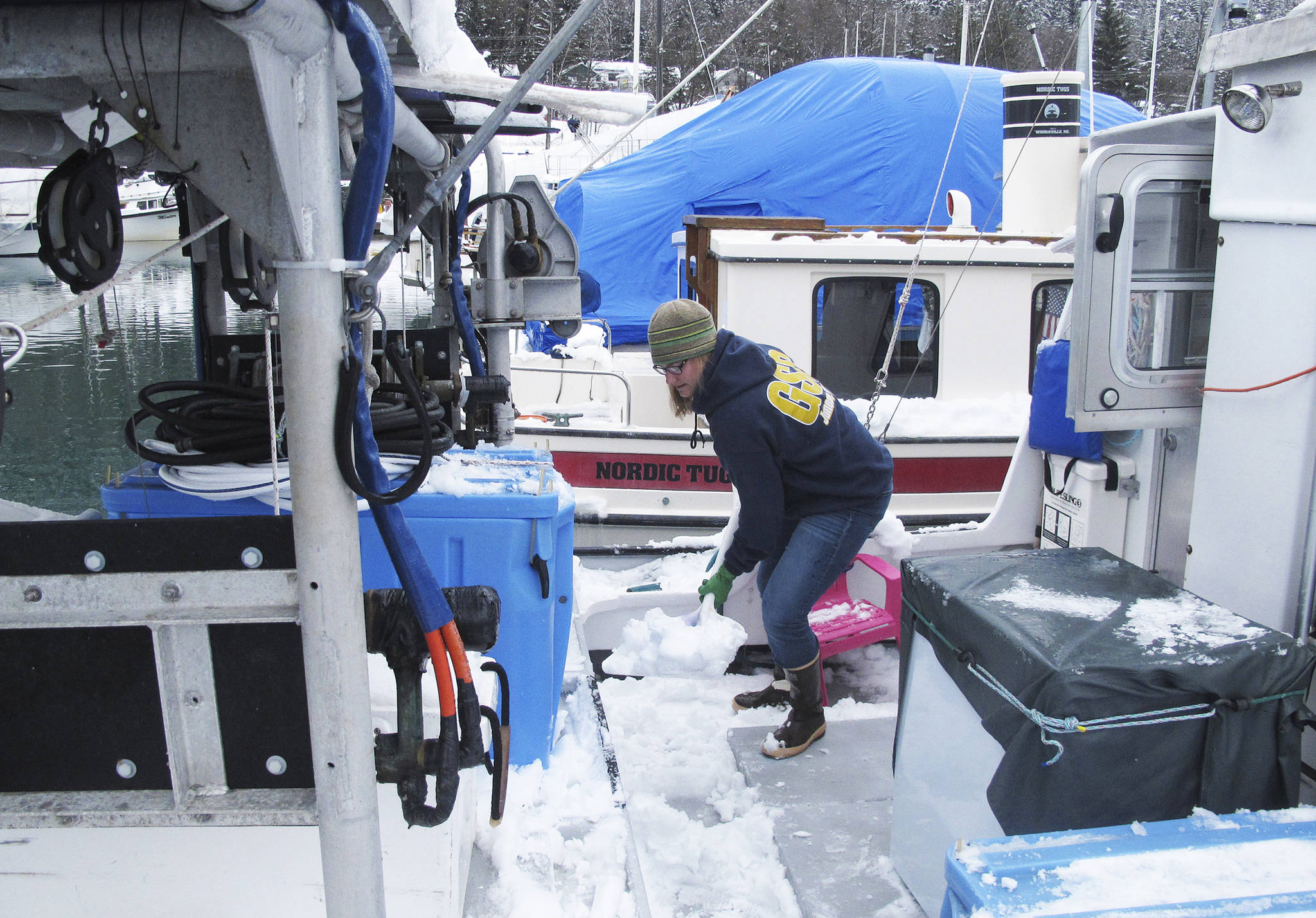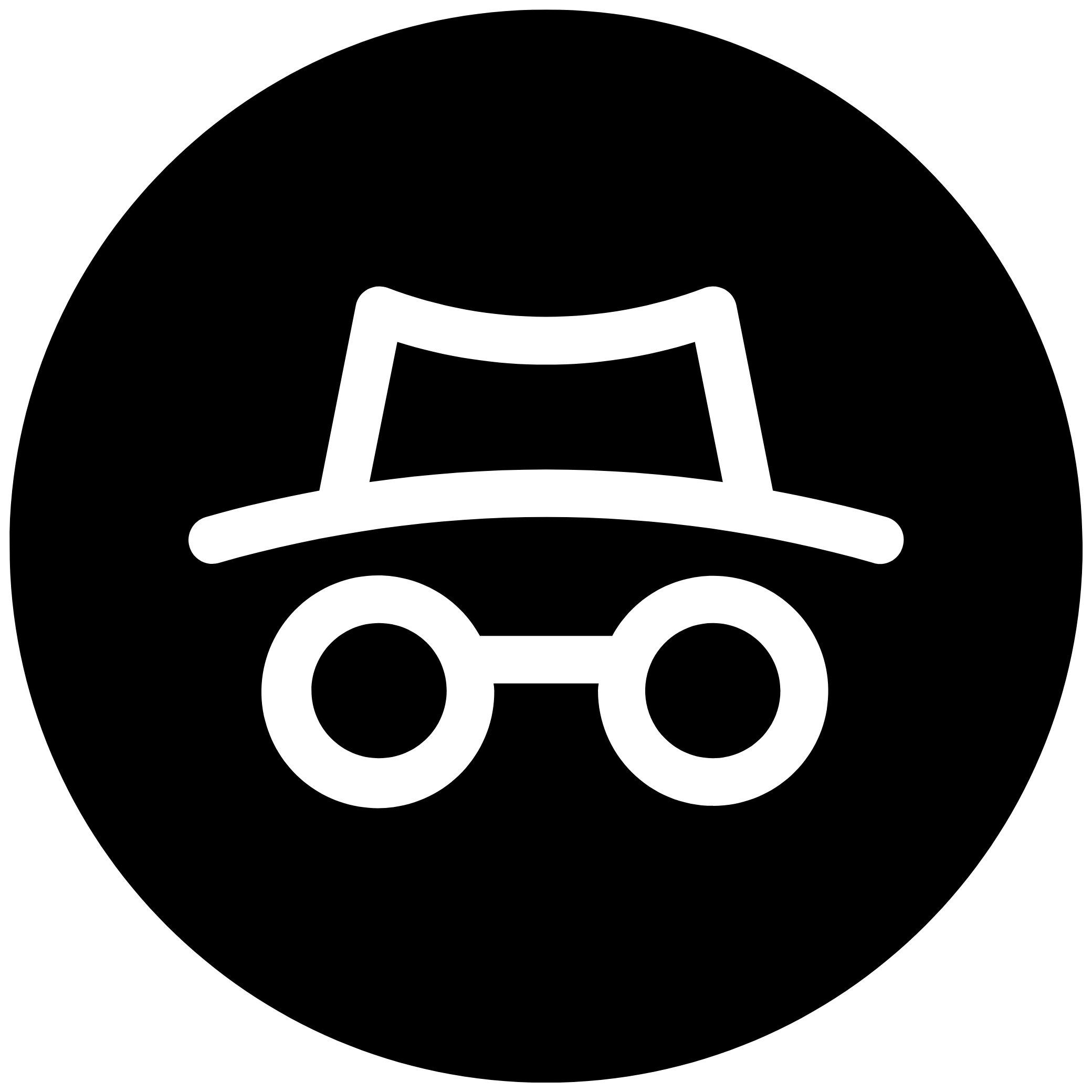JUNEAU — Going without health insurance is a risk. Going without it in Alaska can be a gamble of a much higher order, for this is a place unlike anywhere else in the U.S., a land of pitiless cold, vast expanses and dangerous, back-breaking work such as pulling fishing nets from the water or hauling animal carcasses out of the woods.
And yet many people on the Last Frontier do not carry insurance. For them, the Affordable Care Act just isn’t working.
For reasons that have a lot to do with its sheer size, sparse population and harsh environment, Alaska has some of the highest health care costs in the nation; the most expensive insurance premiums, according to one key measure; and just one insurer in the whole state writing individual policies.
Michael Hutton, who makes a living selling high-performance dog food used by dog sledders, some of whom compete in the grueling Iditarod race, looked at the potential $700-a-month cost of coverage under Obamacare and decided he would rather take his chances and hope he doesn’t get seriously hurt or ill.
“In my age group, it hasn’t been much of an issue,” the 45-year-old Hutton said. But he confessed, “The older you get, the more important it’s going to be.”
Many people in Alaska are frustrated with the cost of required health coverage under President Barack Obama’s signature law and anxious about what the future holds, with President Donald Trump so far unable to deliver on his promise to repeal and replace it with something better.
Income-based subsidies are available under the Affordable Care Act to help many Alaskans buy insurance. But not everyone qualifies, and so some choose to go without.
As of 2015, 13 percent of Alaska residents were uninsured and potentially subject to fines under Obamacare, according to the Kaiser Family Foundation, citing the most recent figures available. Five states in all were at 13 percent. Only Georgia (14 percent) and Texas (16 percent) were higher.
Hutton, who lives in the fishing village of Kasilof, has so far managed to avoid any serious health problems and said the amount he has paid out of his own pocket for medical care, plus an Obamacare tax penalty of $700 for not having insurance, are far less than the premiums he would have faced.
Many people in Alaska hold down rugged jobs or enjoy outdoor pastimes that can lead to serious injuries and chronic ailments, such as bad backs and knees. At the same time, Alaska has some of the nation’s highest rates of tuberculosis, chlamydia and suicide. Alcohol and drug abuse is a major problem, too.
With many places in the state accessible only by air or water, some people who suddenly get very sick have to be flown to Anchorage or Seattle. A medical evacuation can cost $50,000 to $150,000. Even ordinary visits to the doctor can be problematic, in part because of shortages of primary-care physicians.
Alaska’s biggest cities — Anchorage, Fairbanks and Juneau — rank at or near the top among the nation’s metro areas in the cost of a doctor’s visit, with Juneau the most expensive in the country at nearly $189, just above Boston, according to the Center for Regional Economic Competitiveness. The attitude toward Obamacare appears to reflect something essential about Alaskans: They can be a stubborn, skeptical bunch with a libertarian streak. While Trump won the state with 51 percent to Hillary Clinton’s 37 percent, the biggest voting bloc is independents, who outnumber registered Republicans nearly 2-to-1.
Alaskans often take great pride in their toughness and resourcefulness and have been known to bandage their own wounds or use a staple gun to close a leg gash.
“There’s no use in going to pay a thousand dollars for someone to wrap up your ribs in a bandage,” said Bryce Reimer, a 25-year-old audio and lighting technician from Wasilla who wrapped his own ribs after a car accident because he doesn’t have health insurance.
The health plan that is often used as a benchmark for comparing coverage from state to state, for a 40-year-old nonsmoker, costs $927 a month before any subsidies in Alaska, or 2½ times the national average, according to the Kaiser Family Foundation.
While nearly every Alaskan receives an annual check of typically more than $1,000 as their share of the state’s oil wealth, that doesn’t necessarily go very far in a place where the late-winter unemployment rate in some communities is around 20 percent and where the difficulties of delivering goods and services contribute to a cost of living so staggering that a gallon of milk can cost $10 in some rural outposts.
Also, many Alaskans work jobs where the amount they earn can fluctuate wildly, depending on such factors as the weather or the size of a salmon run. Because of that, some people cannot be sure whether they qualify for subsidies from one year to the next, or whether they will be able to afford coverage once they have signed up.
Juneau resident Bonnin Jarvill, who fishes for a living, said her family’s Obamacare-subsidized policy of $360 a month is affordable, but the family deductible is a daunting $14,000.
That’s worrisome because their income can vary depending on how many salmon and halibut they catch, they are still paying off bills from last year’s fishing season, and they are trying to set up a plan to pay off her husband’s recent hernia surgery. They live on their boat with their 4-year-old daughter.
Jarvill, 30, said she and her husband plan to see if they qualify for Medicaid. If not, they may have to ask their parents for help.
“We feel like at this point in our lives we should be able to take care of our family,” she said. “It’s frustrating to receive help.”
Nearly a quarter of Alaska’s 740,000 residents are covered by Medicaid, which Gov. Bill Walker, an independent, expanded as part of the Affordable Care Act to include more lower-income people. Only about 19,000 Alaskans get insurance on the individual market, resulting in a tiny pool across which insurers can spread costs. The number of insurance companies writing individual policies in Alaska dropped from five in 2015.
Last month’s dead-on-arrival GOP health care proposal would have jacked up premiums on Alaskans even higher. Rep. Don Young and Sen. Lisa Murkowski, both Republicans, had raised serious objections, saying they wanted to see something that would reduce costs, increase access to care and protect Medicaid recipients from cutbacks. In the meantime, many of those who gained coverage under the law or have affordable plans are fearful about losing their lifeline.
Public relations photographer Lisa Seifert, 55, of Anchorage, qualified for expanded Medicaid last fall after going without insurance for years because it became too expensive. Car accidents and years of lugging around camera equipment have taken a toll on her body.
“I just hope it doesn’t go away,” she said of her Medicaid coverage, her voice faltering. “Where would I be?”


